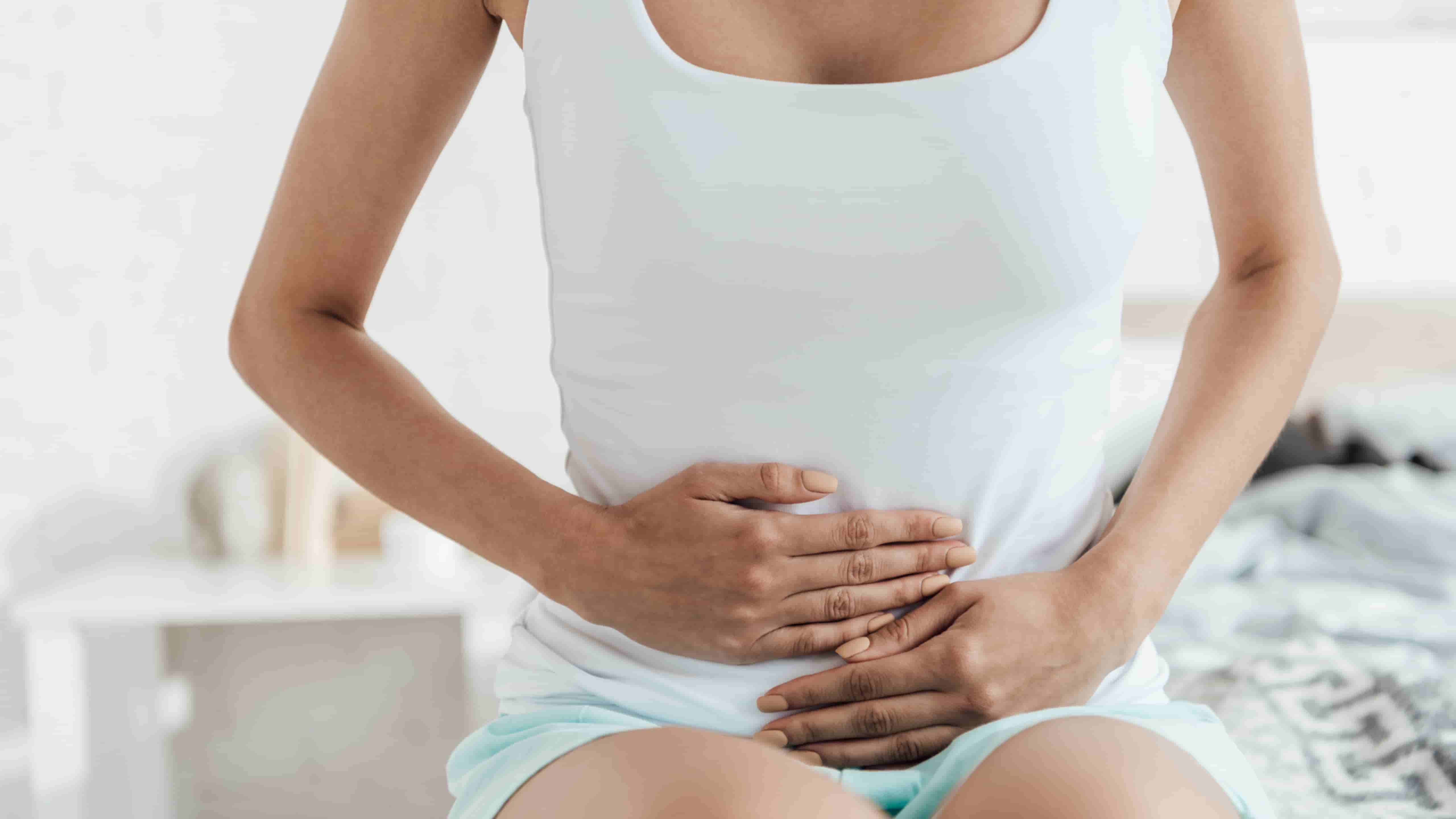

Being attuned to this impending drop requires an awareness of both physical symptoms and timing. This steep drop usually manifests about a week prior to menstruation commencing—a surprising juncture given progesterone's peak just days before. Charting basal body temperature or noting specific symptoms can help identify patterns correlated with progesterone's fall. This information could be instrumental not only for family planning purposes but also for managing conditions affected by hormone fluctuations like premenstrual syndrome (PMS) or polycystic ovary syndrome (PCOS).
Mid-cycle marks ovulation when an egg is released from an ovary and estrogen peaks just before this event. In essence, progesterone turns the uterus into a hospitable environment conducive to supporting early pregnancy. Nonetheless, let's embark on this creative endeavor.
Recognizing these patterns provides an opportunity for earlier intervention and management with healthcare professionals. Some women find relief through herbal remedies such as chasteberry (Vitex agnus-castus), which has been traditionally used to support healthy progesterone levels. It's essential not only to focus on physical aspects but also emotional well-being during times when hormones are shifting significantly. The menstrual cycle, a symphony of hormonal ebb and flow, orchestrates the reproductive dance in individuals with ovaries. Wondering When Progesterone Declines Before Your Monthly Cycle?
As one becomes more attuned to their cycle, they might notice symptoms that signal a drop in progesterone levels. Blood tests to measure hormonal concentrations throughout the menstrual cycle provide insights into possible luteal phase defects. As we continue to break down taboos surrounding menstrual health, more people will harness this knowledge for greater autonomy over their well-being. It's also important for those tracking fertility or managing conditions like Premenstrual Dysphoric Disorder (PMDD).
This enigmatic player performs its ballet within the grand theater of the menstrual cycle, where it rises like a phoenix from the ashes post-ovulation, only to cascade down into an abyss just before our menses begin. Track Your Cycle: Begin by becoming an astute observer of your menstrual cycle. It empowers women to make informed decisions related to their overall wellbeing. But what specifically instigates this drop?
Furthermore, low levels of this hormone have been linked with headaches or migraines which can be debilitating for those affected by them regularly. Progesterone, a pivotal hormone in the female reproductive cycle, undergoes significant fluctuations throughout the menstrual cycle. Charting your menstrual cycle can be an invaluable tool in this quest for understanding.
Crafting an essay with the specific instruction of selecting the least probable word for every six words presents a unique challenge. As these follicles develop, they start producing more estrogen.
Another indicator is physical discomfort in the form of premenstrual syndrome (PMS). Progesterone has several important jobs: it further prepares your uterine lining for implantation and maintains it should fertilization occur.

The relationship between low progesterone and menstrual irregularitiesCertainly! Understanding how these hormonal fluctuations affect mood swings, headaches, bloating, acne flare-ups, breast tenderness—and learning ways to cope—can help minimize discomfort during this time. This decline typically happens if pregnancy does not occur, leading to menstruation. Additionally, it regulates body temperature and modulates mood-stabilizing neurotransmitters that can influence our sense of calm or anxiety. Understanding this hormone's functions illuminates its importance in both natural fertility processes and assisted reproductive technologies.
Pharmacological interventions include administering bioidentical hormone replacement therapy to bolster deficient levels directly or employing medications like clomiphene citrate that stimulate endogenous hormone production indirectly. Each strategy requires careful consideration and should be personalized according to individual health profiles under professional supervision. Symptoms may include mood swings, sleep disturbances, and physical discomfort such as bloating or headaches. How to Prepare for Your Progesterone Drop: A Woman's Guide to Understanding Pre-Menstrual ChangesUnderstanding the hormonal ebbs and flows within a woman's body can be likened to deciphering an intricate dance.
It is during this pre-menstrual dip that many women experience symptoms commonly associated with Premenstrual Syndrome (PMS). Additionally, emotional cues should not be disregarded; many women report feeling less emotionally resilient or more prone to stress as their period nears—a potential consequence of diminishing progesterone. A consistent rise over several days may indicate that ovulation has occurred, suggesting increased progesterone production by the corpus luteum. If you don't become pregnant during a cycle, progesterone levels drop, leading to menstruation.
Fluctuating hormones directly influence physical sensations and emotional states just before periods begin. Individuals could oscillate between euphoria and despondency without clear provocations. During pregnancy itself, the importance of hormonal balance remains paramount. Additionally, healthcare professionals can offer further insight through blood tests which measure hormone levels directly. By becoming experts on their own bodies through careful observation and potentially leveraging medical resources for confirmation when needed, individuals can gain greater control over their menstrual wellbeing – transforming what might seem like a daunting biochemical cascade into something they navigate with confidence each month.
To predict this natural ebb in progesterone, it's essential to be attuned to your body's rhythms and cycles. Should no such event transpire—if fertilization remains but a fantasy—the corpus lumeum's resolve wanes. Progesterone is a key hormone that plays various roles in the body, particularly in regulating the menstrual cycle and supporting pregnancy. Various factors contribute to diminished progesterone synthesis: stress, excessive physical activity, polycystic ovarian syndrome (PCOS), thyroid dysfunction, and obesity are chief among them.
During the early part of the follicular phase, which starts on the first day of menstruation, levels of estrogen and progesterone are low. In conclusion, there exists a spectrum of medical treatments targeting hormonal imbalances linked with abnormal progesterone levels—from bioidentical hormone therapies to lifestyle modifications and medications addressing condition-specific causes. Progesterone's role in the body extends beyond menstrual regulation; it contributes to the preparation of the endometrium for potential pregnancy post-ovulation. How to Identify the Telltale Signs Your Progesterone Is About to Drop Before Your PeriodIdentifying the telltale signs that your progesterone levels are about to drop before your period can be a bit like solving a biological puzzle.

Understanding when this hormonal shift is likely to happen allows individuals to practice better self-care. A deficiency in this critical hormone can manifest through various symptoms such as irregular periods, mood swings, and insomnia. After ovulation, which occurs midway through your cycle (around day 14 in a typical 28-day cycle), your body's luteal stage is inaugurated like a coronation ceremony for progesterone. This can be achieved through lifestyle interventions like diet and exercise or more direct medical approaches such as birth control pills which maintain consistent hormone levels throughout the cycle or SSRIs for managing mood-related symptoms. One conspicuous sign of dropping progesterone is a change in mood.
By paying attention to subtle signs, it is possible to predict when progesterone levels might dip prior to menstruation. However, as menstruation approaches, there occurs an astonishing shift - progesterone levels plummet precipitously. Exercise holds dual benefits: it reduces stress while also potentially improving hormonal balance through weight management and increased circulation. Decreased progesterone can also engender physical discomforts such as bloating or tenderness in the breast region.
When levels of progesterone fall abruptly or are lower than usual, various physiological disturbances may surface. However, if fertilization does not occur, progesterone levels plummet precipitously. On top of these effects, diminished progesterone may lead to skin issues like acne breakouts or dryness fluctuations due to its role in sebum production regulation. Close monitoring ensures that adjustments can be made promptly if necessary while minimizing risks associated with overtreatment or undertreatment.
Afterward enters the luteal phase, where progesterone takes center stage. Each phase is marked by specific hormonal changes primarily involving estrogen and progesterone. Certainly! Just before menstruation commences, progesterone levels plummet dramatically.
Tracking your menstrual cycle offers invaluable insights into when these hormonal fluctuations might arise. However, if conception does not occur, the corpus luteum begins to deteriorate. This hormonal nosedive serves as an internal cue for renewal within the reproductive system. An average cycle lasts 28 days but can range from 21 to 35 days in adults. In addition to scientific methods, paying close attention to how you feel throughout your cycle can provide clues about hormonal shifts—many women report specific symptoms corresponding with higher progesterone levels like breast tenderness or bloating during their luteal phase.
This surge supports the thickening of the uterine lining, creating a nourishing environment for potential embryo implantation. These hormonal fluctuations are not isolated events; they influence many bodily systems beyond reproduction itself. Additionally, fatigue may prevail even when adequate rest is attained - leaving one feeling perpetually exhausted. Through vigilant assessment and tailored interventions based on individual needs, women can reclaim their hormonal equilibrium—and with it—their reproductive well-being.
Rising estrogen levels initiate the rebuilding of the endometrium—the lining of the uterus—which was shed during menstruation. In conjunction with symptom tracking and ultrasound assessments of follicular development and corpus luteum function, clinicians can paint a comprehensive picture of hormonal health. These supplements usually come in the form of vaginal suppositories or oral capsules taken after ovulation to enhance uterine lining quality and support embryo implantation. Progesterone levels are typically low during the initial follicular phase, which encompasses menstruation and precedes ovulation.
After ovulation, under the influence of progesterone, cervical mucus usually becomes thicker and less abundant – indicating higher levels of this hormone. These messengers travel through the bloodstream to target tissues or organs, where they bind to specific receptors to elicit responses that control numerous bodily functions. It does so by causing the endometrium to become thicker and more glandular—characteristics essential for nurturing an embryo. Lifestyle interventions prove beneficial during this time.
